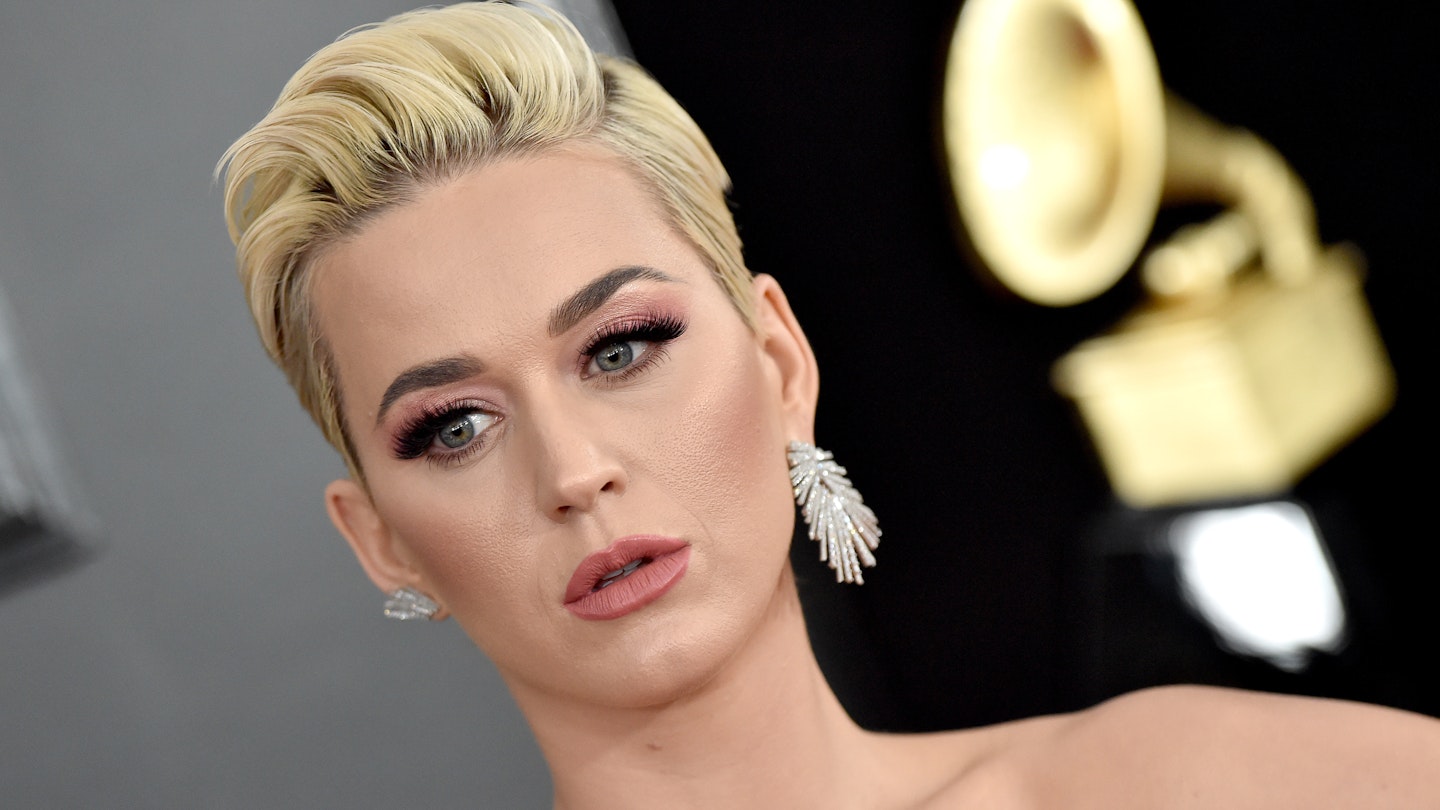February is Black History Month in the US, and it has seemed as though every day of the month so far has brought with it a fresh scandal involving racism.
From Liam Neeson saying he reacted to the news of his close friend being raped by a black man by walking ‘the streets with a cosh, hoping I’d be approached by a “black bastard” so that I could kill him’, to Gucci removing a polo neck jumper that resembled blackface from sale after massive backlash, and now Katy Perry is reportedly taking two designs from her shoe line off the physical and virtual shelves over ‘blackface concerns.’
Of course Katy Perry isn’t the first designer to be called out by angry online mobs because of something they’ve created. It hasn’t been that long since Prada apologised for selling a collection of monkey trinkets that echoed blackface imagery, just three days ago film director Spike Lee announced he will no longer wear Prada or Gucci until the brands ‘hire some black designers’.
The exact same thing happens in each instance, an apology is issued, the product is removed from sale, and life for that designer goes on almost seamlessly. Lesson learned – right? Unfortunately not so. As Spike Lee suggests, the issue goes much deeper – down to the people who came up with the idea, the managers that approved the product, and the long list of people who saw the design before it went live and either didn’t see anything wrong with it, or who flagged it and were ignored.
The specific cases of Katy Perry’s shoe, Gucci’s jumper and Prada’s trinkets are simple cases to ‘solve’ because blackface is undeniably racist. Blackface is the act of applying makeup to represent an extreme caricature of a black person – it was popular in the 19th century when white actors would use blackface to spread offensive racial stereotypes. Blackface shows became their own art form in the US in the 20th century, before people widely considered them offensive by the end of the 21st century.
The exaggerated features used in these shows to mock black people, for example the large red lips, can be easily identified, and so it’s clear to see them in modern designs such as Gucci’s roll neck jumper.
While blackface is generally clear to identify, racism is a little more nuanced. Try and prove to someone, for example. that the headlines being written about Meghan Markle are racist – they might agree with you, or they might not. They might say publications are treating her differently to Kate Middleton because she’s American, or divorced, or an actress – not because she’s mixed race.
You can’t remove microaggressions and misogynoir from sale, these are people’s lived experiences. It’s not as simple as issuing an apology and moving on, we need to get to the bottom of how these racist designs keep making it onto the shelves, instead of being placated by a brand issuing a cookie cutter apology and promising to do better next time.
